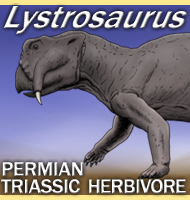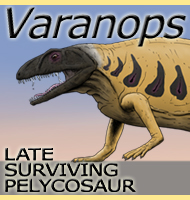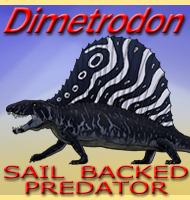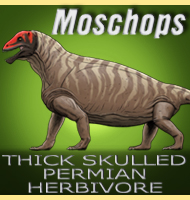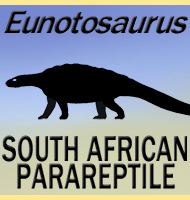


Alveusdectes
Name:
Alveusdectes.
Phonetic: Al-ve-u-dek-teez.
Named By: J. Liu & G. S. Bever -
2015.
Classification: Chordata, Reptiliomorpha,
Diadectomorpha, Diadectidae.
Species: A. fenestralis
(type).
Diet: Herbivore.
Size: Uncertain due to lack of remains.
Known locations: China - Shangshihezi Formation.
Time period: Wuchiapingian of the Permian.
Fossil representation: Partial skull.
Alveusdectes
is an important discovery as it represents one of the last surviving
diadectimorphs to live. Diadectomorphs (those like Diadectes)
were reptilomorphs that rose to prominence during the Carboniferous,
but they were eventually replaced by therapsids and true reptiles.
What the discovery of Alveusdectes tells us is
that while their
numbers declined during the Permian, some populations managed to hold
on until the end of the Permian. At this time a major extinction
event gripped the planet wiping out most of the animals, and so far
there is no fossil evidence to suggest that diadectomorphs survived
this.
Alveusdectes
would have been a quadrupedal herbivore that ate plants. Like
relative genera, Alveusdectes was well adapted
for grinding tough
fibrous plants which would have been common in many of the harsh
environments of the Permian.
Further reading
- The last diadectomorph sheds light on Late Palaeozoic tetrapod
biogeography. Biology Letters 11:20150100. - J. Liu
& G. S. Bever - 2015.
----------------------------------------------------------------------------
Random favourites
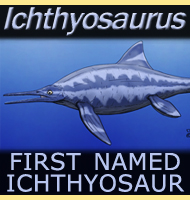 |
 |
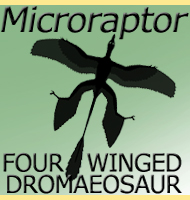 |
